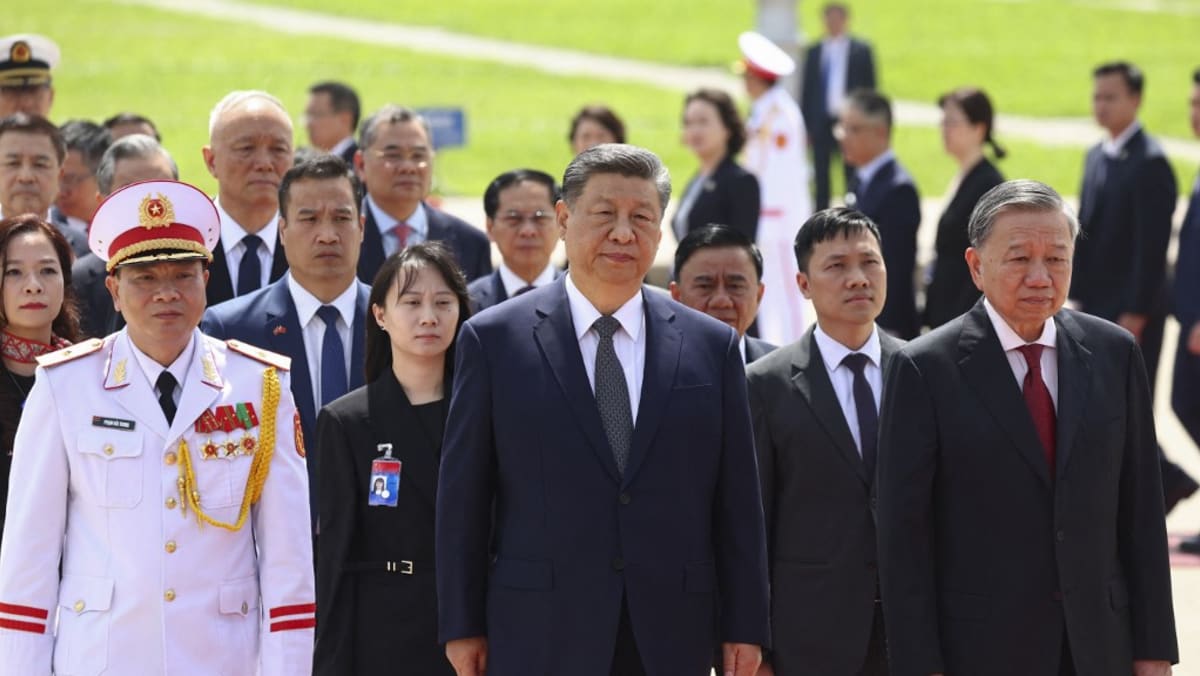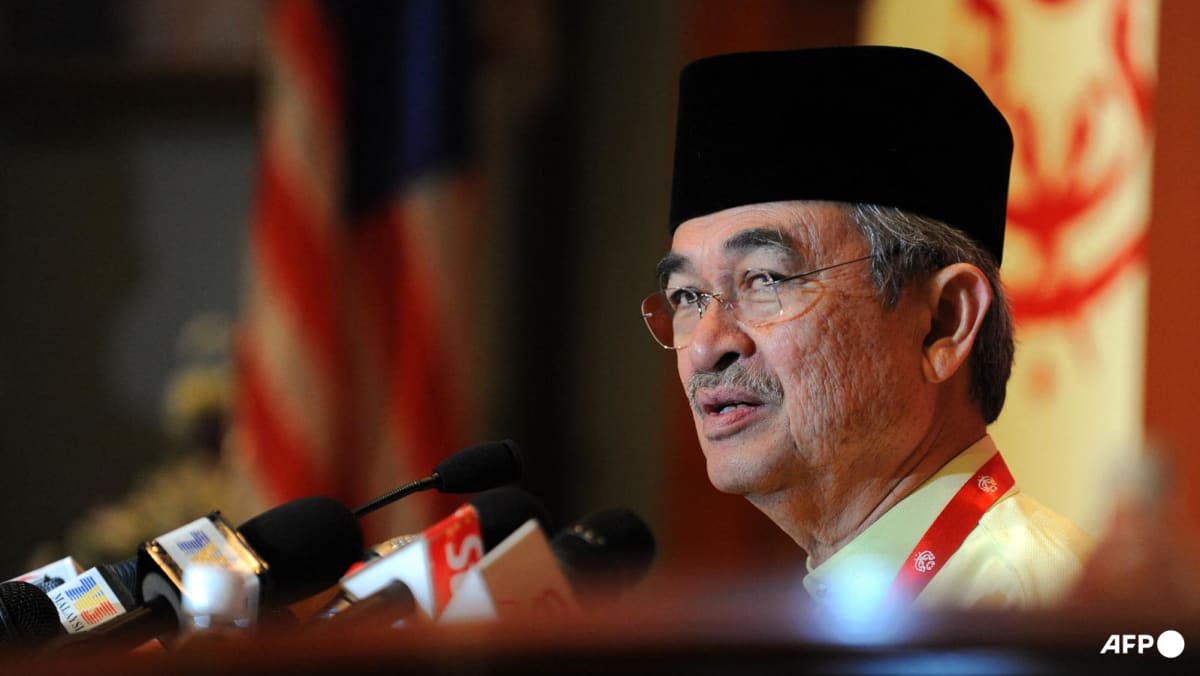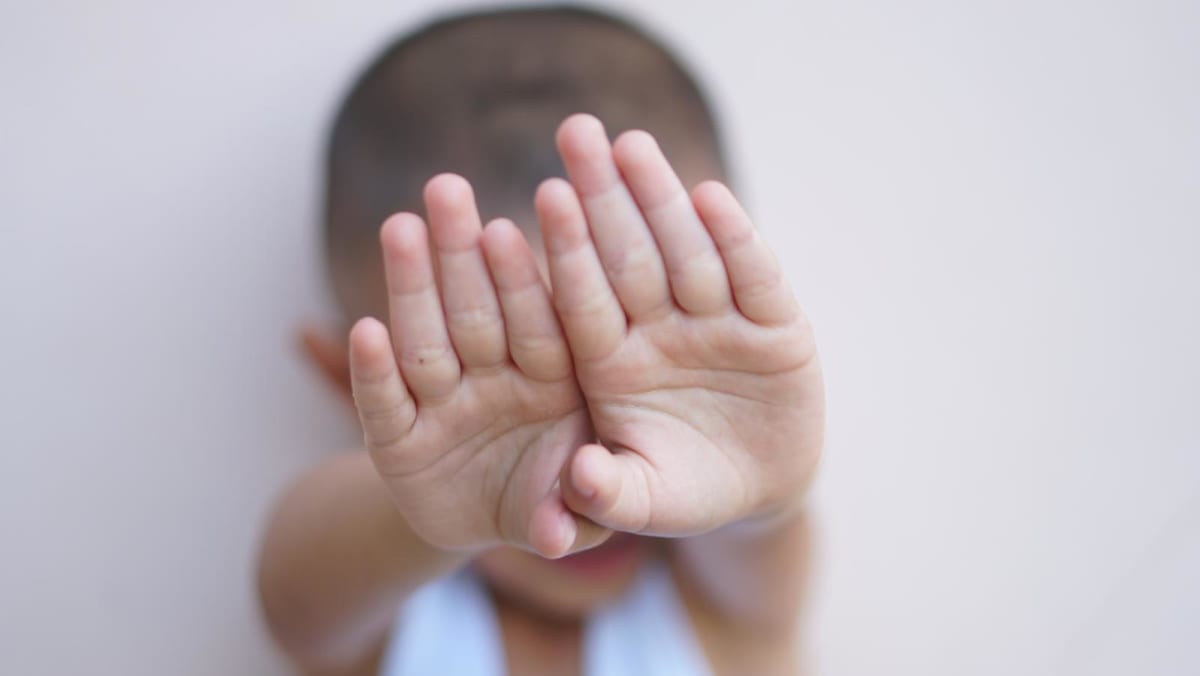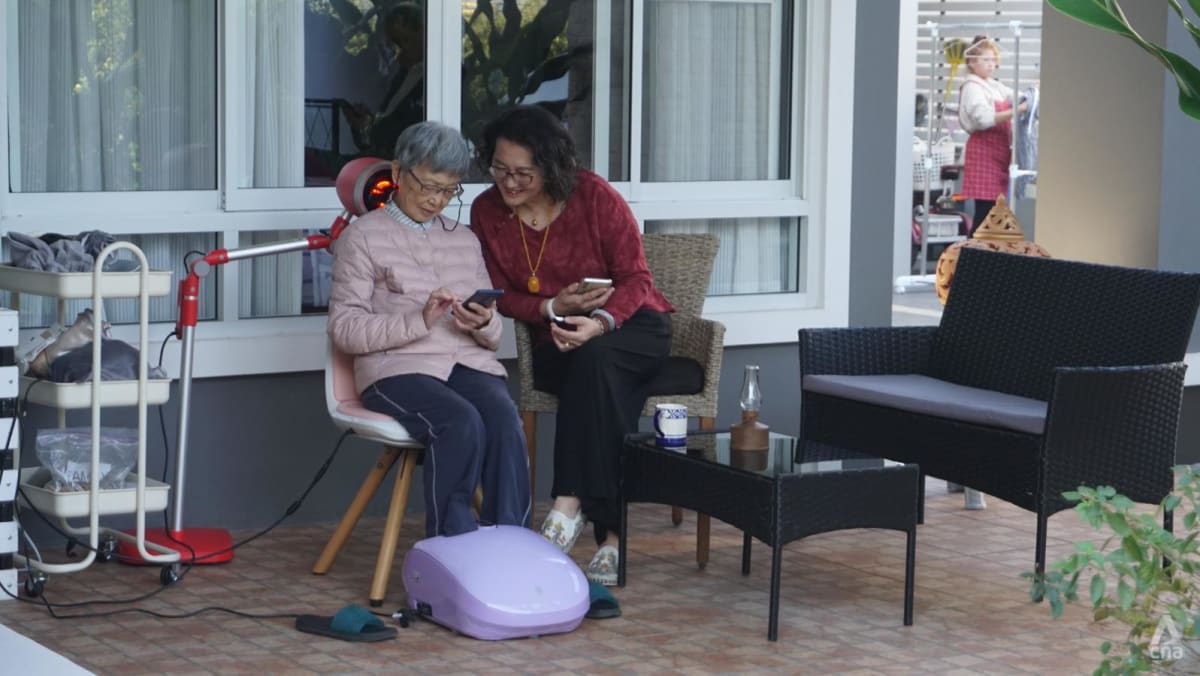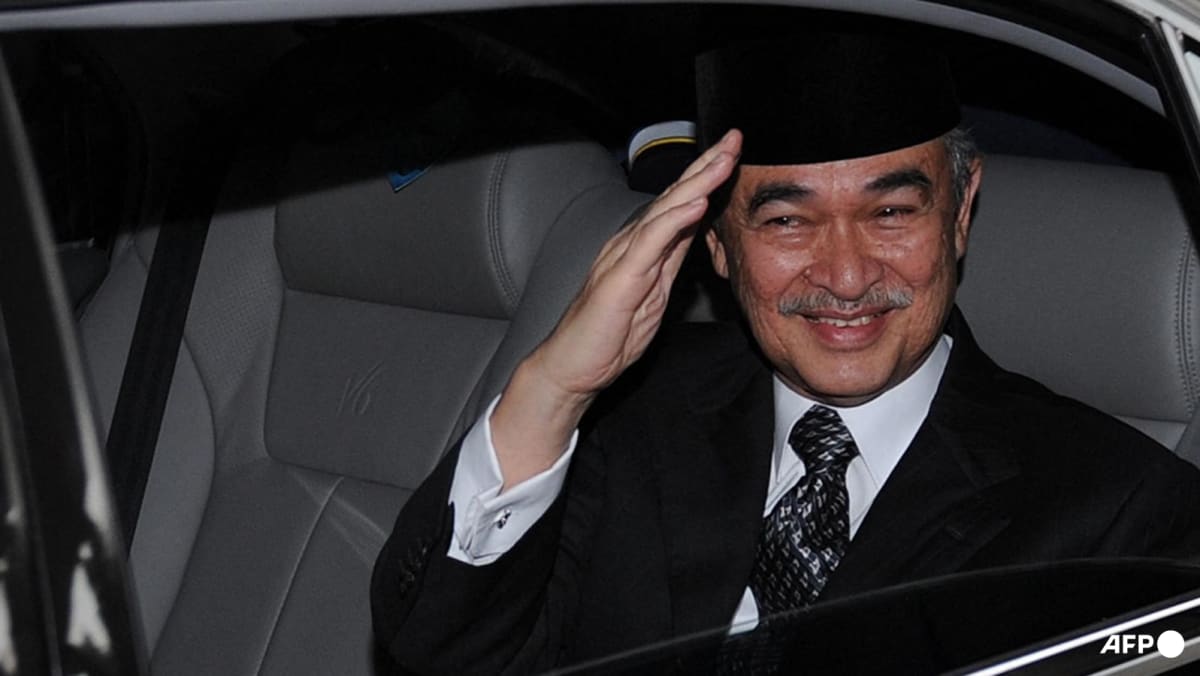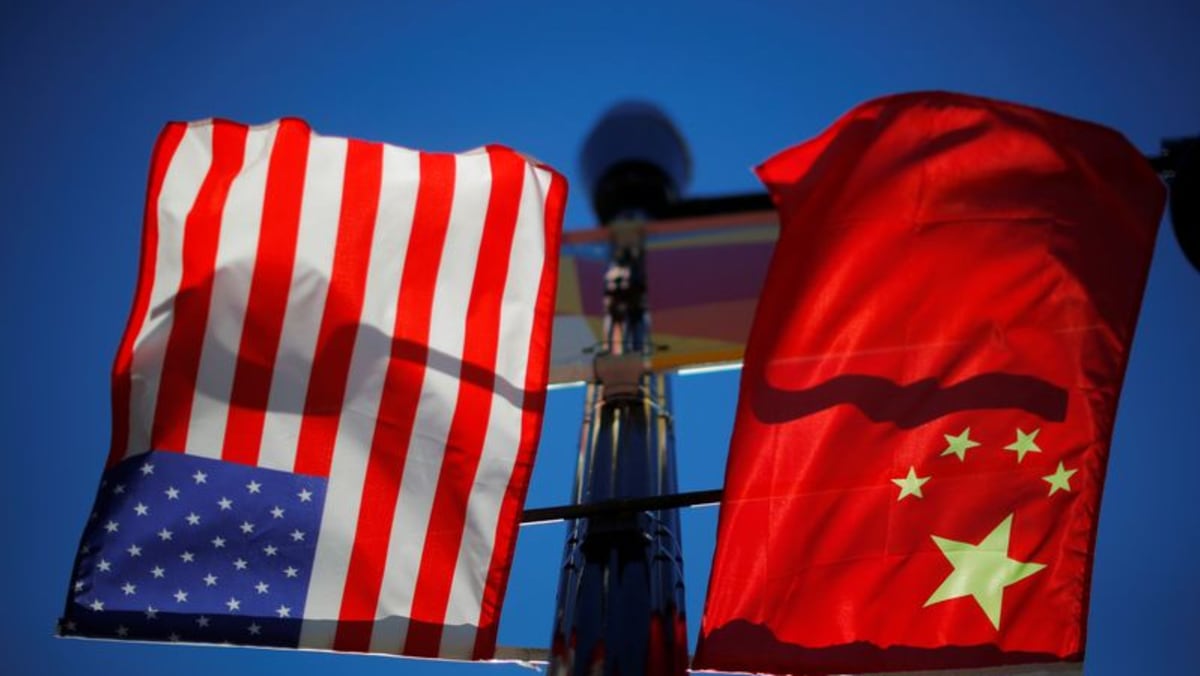Three railway workers arrested over India’s deadly train crash
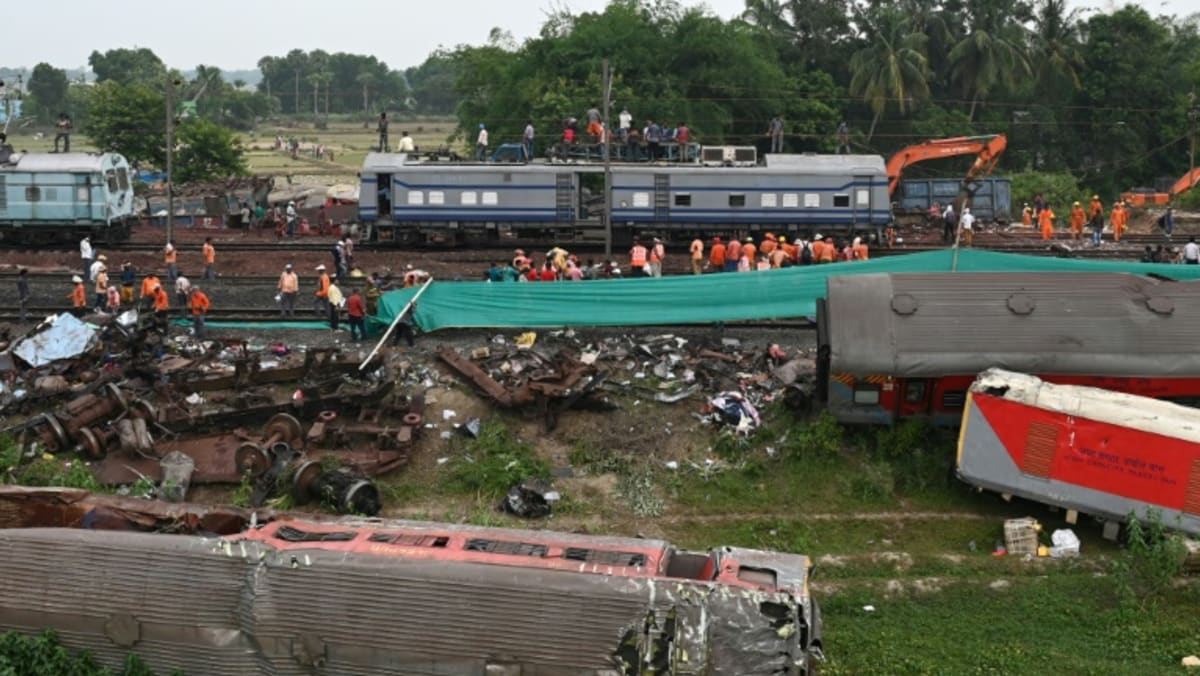
Relatives spent days combing through possessions and looking at post-mortem pictures of those killed in the crash, to identify their loved ones.
At least 850 others were injured in the collision.
Days after the accident, India’s railway minister Ashwini Vaishnaw said the crash was the result of an issue with signalling and that the “people responsible for the accident” had been identified.
But he did not give further details at the time, saying he did not wish to pre-empt a government probe into the disaster.
Train services resumed 51 hours after the deadly crash, and Vaishnaw was seen folding his hands in prayer as he saw the first train cross the accident site.
Indian Railways, the world’s fourth-largest rail network, runs some 14,000 trains daily with 8,000 locomotives over a vast system of tracks around 64,000km long.
Carrying more than 21 million passengers each day, according to official figures, the network is under enormous pressure in a country which has recently become the world’s most populous.
India has invested huge sums of money in recent years to upgrade its rail network, run express trains, build modern railway stations, lay new tracks and install electronic signalling systems.
The June crash ranks as India’s third-worst and the deadliest since 1995, when 300 people were killed after two express trains collided near Agra, home of the Taj Mahal.
Source: CNA


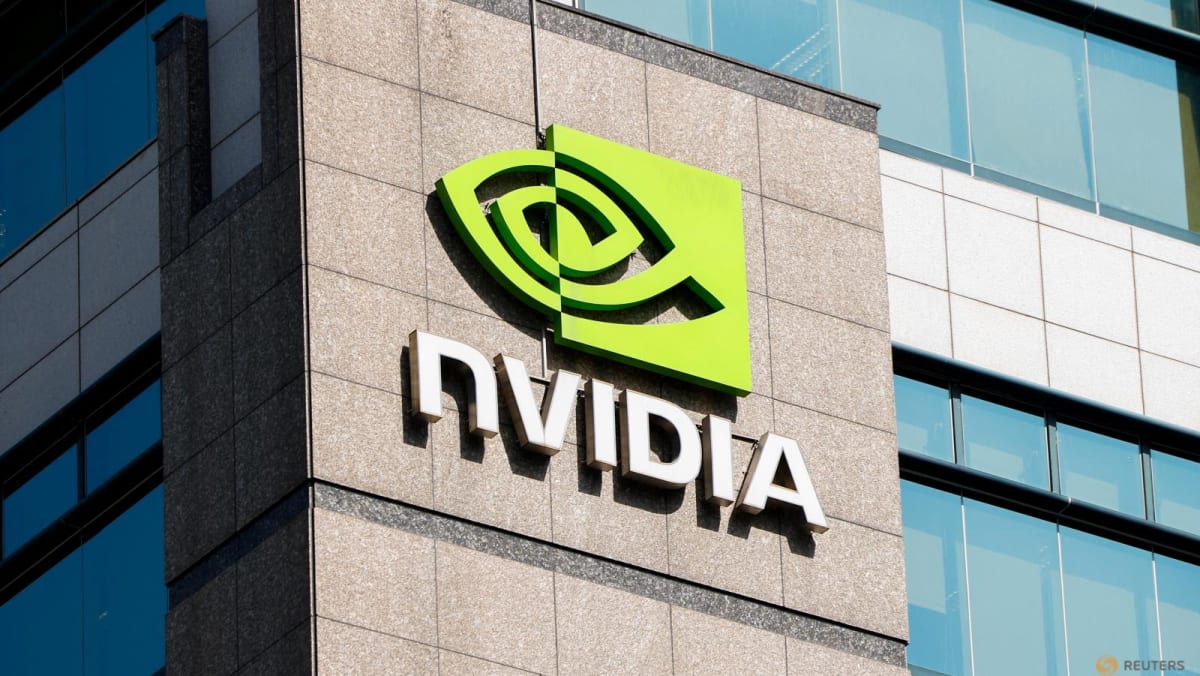
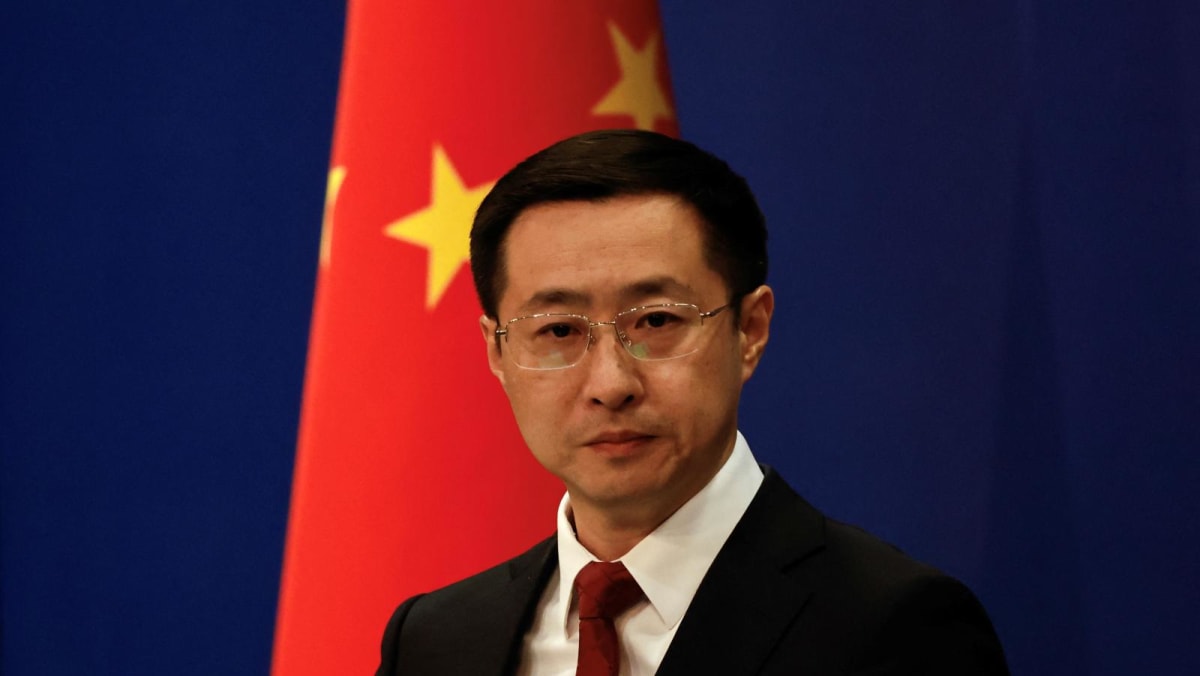
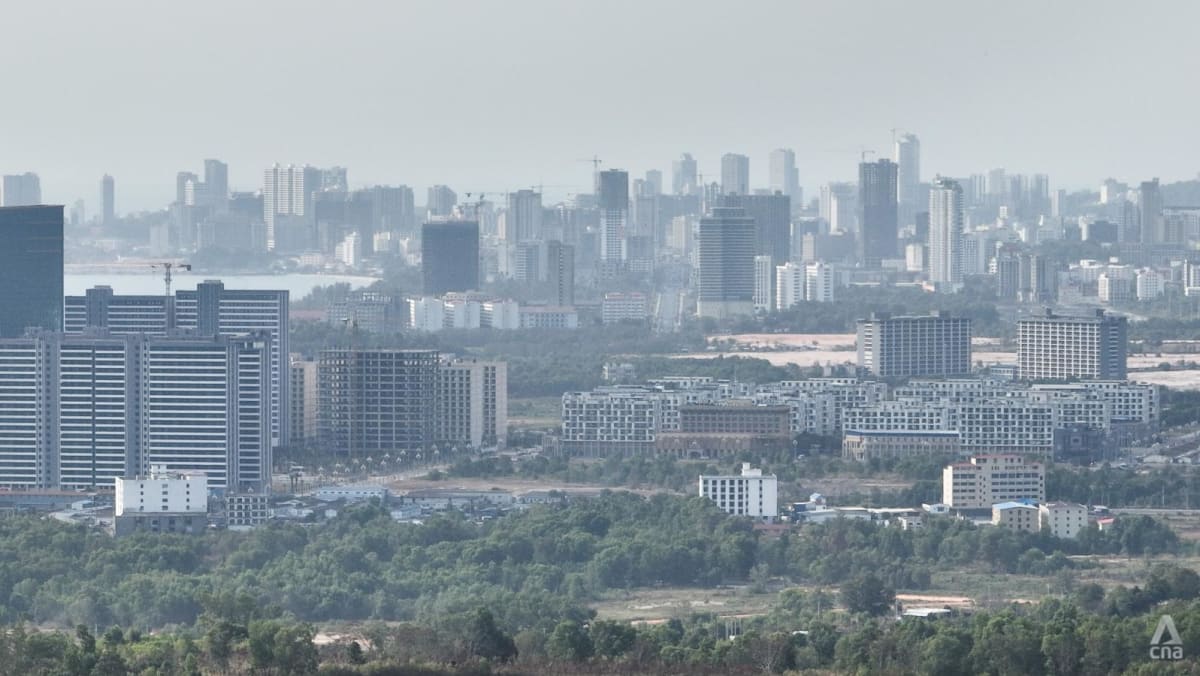
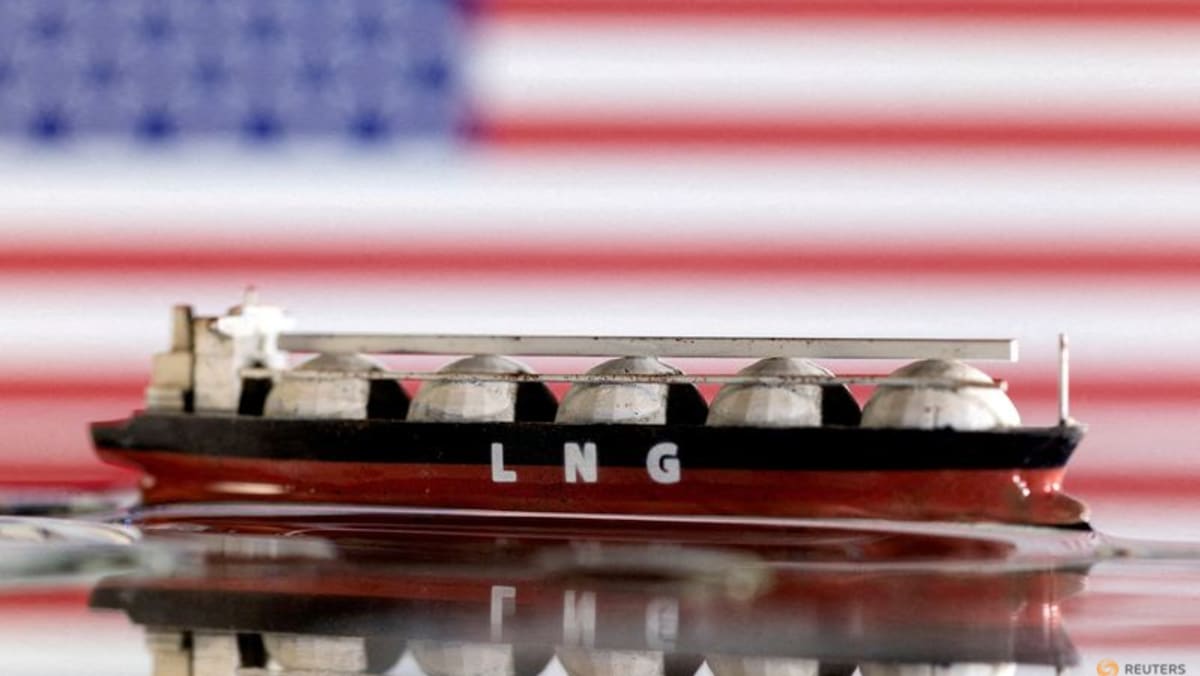
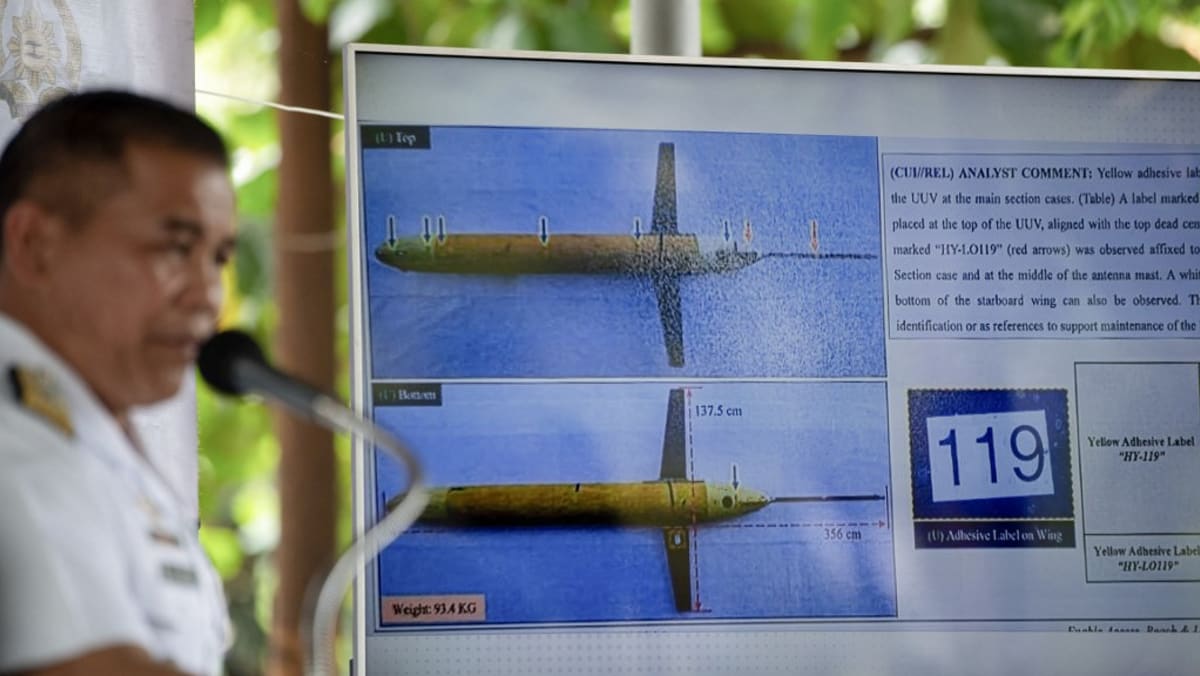
.jpg?itok=Ox6HmVBj)
